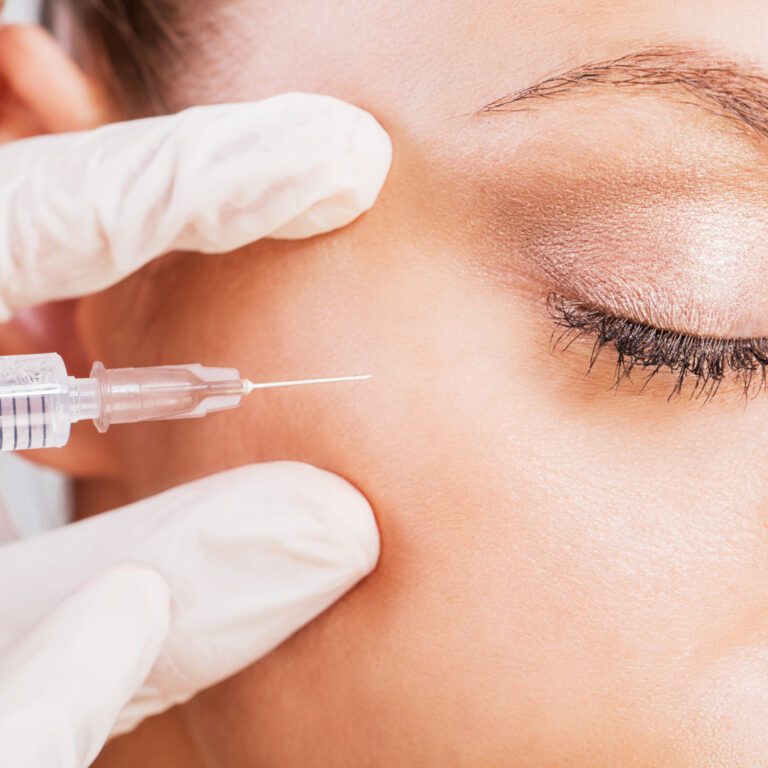The world of cosmetic surgery is always evolving and adopting newer (and improved) techniques to achieve better results for every patient. One procedure has been adopted at a very fast rate over the last few years. Fat grafting, in which the doctor transfers fat from one area of the body to another, has been gaining steam. A recent study published in the Plastic and Reconstructive Surgery journal says that 85% of plastic surgeons use fat grafting during facelift procedures.
How does fat grafting work?
If the patient is having a facelift, for example, the surgeon will first find a suitable donor site to take the fat from. Possible areas include the abdomen, buttocks and thighs. Once the fat is taken from the donor site, it isn’t just injected right into the face. Before that happens, the fat is treated in a centrifuge that removes water, blood and other impurities. The fat is then ready to be injected into the area of the recipient site of the face. The surgeon can either inject the fat using or a small syringe. Or, the fat can be placed directly into the site using a series of small incisions.
The most common areas of the face that are good for fat grafting are around the eyes, forehead creases, nasolabial folds, and even into cheeks that have sunken because of age or other factors.
Are there any side effects from fat grafting?
There are potential side effects with any surgical procedure. The biggest drawback of fat grafting is that the body can potentially reabsorb too much of the fat, meaning the procedure will need to be repeated. But roughly speaking, between 40-60% of the fat will remain in the injection site. With this in mind, surgeons use slightly more fat to offset the absorption rate.
What are the benefits?
The biggest benefit of a fat transfer is that it’s tissue from your own body, so you know you’re not going to have an adverse reaction after the procedure. Some patients are allergic to traditional derma fillers and certain types of collagen. If there’s uncertainty about a possible allergy, the patient will undergo an allergy test before having the procedure done with traditional derma-fillers. But using fat from the patient’s body presents none of the risks associated with allergies.
What other procedures can fat grafting be used for?
Fat grafting isn’t just limited to facelifts. In fact, it can be used to help patients who have recently undergone radiation therapy. Radiation can really damage the skin, even when used therapeutically. How does fat grafting help? It turns out fat contains stem cells, which help nurture healthy tissue growth. This tissue growth is very effective in other conditions, such as damage from scarring,
Do you think fat grafting/injection is right for you?
If you’re contemplating a facelift or want to correct tissue damage, fat grafting might be right for you. One of our board-certified cosmetic surgeons will interview you and take a complete medical history, examine the area you need help with and discuss your treatment goals. It’s important to be completely straightforward about your health history to avoid any complications from the procedure. You’ll leave the consultation knowing if you’re a good candidate for fat grafting. If not, you and the surgeon will discuss alternative options.
Call us today to schedule your free consultation.




